Home>Garden Essentials>How To Plant Juniper Ground Cover
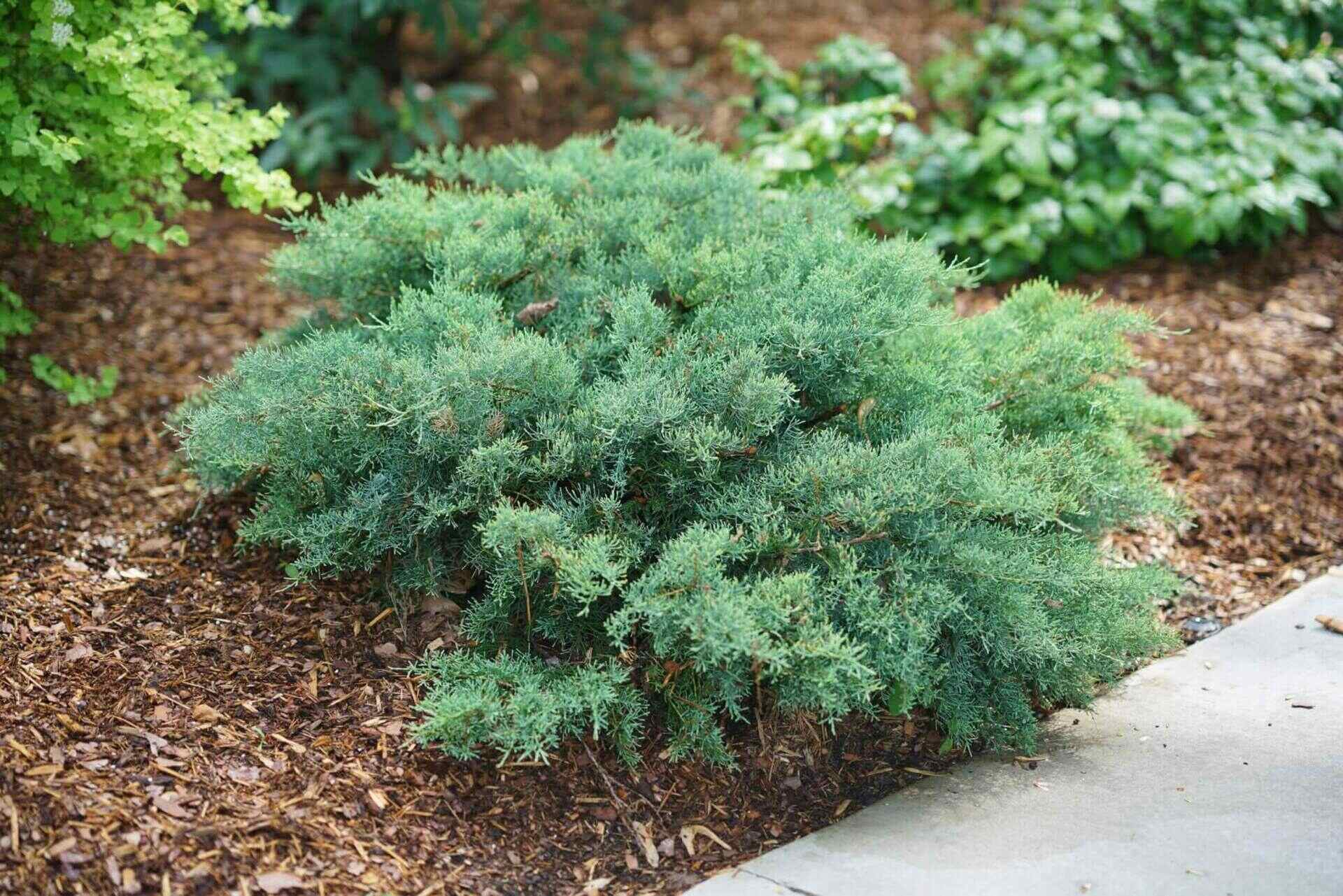

Garden Essentials
How To Plant Juniper Ground Cover
Modified: March 7, 2024
Learn how to plant juniper ground cover in your garden. Discover the best techniques and tips for successful gardening.
(Many of the links in this article redirect to a specific reviewed product. Your purchase of these products through affiliate links helps to generate commission for Storables.com, at no extra cost. Learn more)
Introduction
Welcome to the world of juniper ground cover! If you’re looking to add beauty, functionality, and low maintenance to your garden, then planting juniper ground cover is an excellent choice. Juniper is a versatile and resilient plant that offers numerous benefits for your landscape. In this article, we will explore the advantages of juniper ground cover, guide you on selecting the right juniper variety, provide tips on choosing the ideal planting location, share soil preparation techniques, offer step-by-step instructions on planting, and provide tips on watering, fertilizing, pruning, and maintenance. Additionally, we will address common pest and disease issues that you may encounter and offer tips for a successful juniper ground cover planting experience.
Juniper ground cover provides a myriad of benefits for your garden. First and foremost, it adds aesthetic appeal with its vibrant green foliage and unique texture. It can serve as a beautiful backdrop to other plants or act as a blank canvas for creating visually stunning landscapes. Juniper ground cover is also an excellent choice for erosion control as its extensive root system holds the soil in place even on slopes or hillsides.
Another advantage of planting juniper ground cover is its low maintenance requirements. Once established, juniper is highly resilient and drought-tolerant, reducing the need for frequent watering. It is also resistant to many pests and diseases, making it a hassle-free choice for gardeners looking to minimize plant care. Additionally, juniper ground cover helps to suppress weed growth, reducing the amount of time and effort spent weeding.
With various juniper varieties available, it is important to choose the right one for your specific needs. Factors such as desired height, width, and growth habit should be considered. Some popular juniper ground cover varieties include Blue Rug Juniper, Shore Juniper, and Prince of Wales Juniper. Each variety has its own unique characteristics, so it is recommended to do some research or consult with a local garden expert to determine the best fit for your garden.
Once you have selected the suitable juniper variety, the next step is to choose the ideal planting location. Juniper ground cover thrives in full sun or partial shade. It is crucial to ensure that the chosen location provides the necessary sunlight exposure for optimal growth. Additionally, juniper prefers well-draining soil, so it is important to select a spot that facilitates good drainage.
In the next sections of this article, we will delve into the details of soil preparation, step-by-step planting instructions, watering and fertilizing techniques, as well as pruning and maintenance tips for juniper ground cover. We will also address common pest and disease issues and offer suggestions to mitigate them. So, let’s get started and create a stunning and functional garden with juniper ground cover!
Key Takeaways:
- Juniper ground cover offers beauty, low maintenance, and erosion control for your garden. Choose the right variety, plant in a sunny spot, and maintain proper care for a thriving landscape.
- Proper soil preparation, watering, and pruning are essential for successful juniper ground cover planting. Monitor for pests and diseases, and seek expert advice for optimal growth.
Read more: How To Trim Juniper Ground Cover
Benefits of Juniper Ground Cover
Juniper ground cover offers a wide range of benefits that make it an excellent choice for your garden. Whether you’re looking to add beauty, reduce maintenance, or control erosion, juniper ground cover has you covered. Let’s explore the numerous advantages of planting juniper ground cover:
- Aesthetic Appeal: Juniper ground cover adds a touch of natural beauty to any landscape. With its vibrant green foliage and unique texture, it creates a striking visual impact. Whether used as a backdrop for other plants or as a main feature, juniper ground cover enhances the overall aesthetics of your garden.
- Erosion Control: If you have slopes or hillsides in your garden prone to erosion, juniper ground cover is an excellent solution. Its extensive root system holds the soil in place, preventing erosion and ensuring stability. This makes it an ideal choice for areas where soil erosion is a concern.
- Low Maintenance: One of the biggest advantages of juniper ground cover is its low maintenance requirements. Once established, juniper is highly resilient and drought-tolerant, reducing the need for frequent watering. It is also resistant to many pests and diseases, making it a hassle-free choice for gardeners looking to minimize plant care.
- Weed Suppression: Juniper ground cover helps to suppress weed growth, making it easier to maintain a weed-free garden. Its dense foliage blocks sunlight from reaching the ground, inhibiting weed germination and growth. This means less time and effort spent on weeding, allowing you to spend more time enjoying your garden.
- Wildlife Habitat: Juniper ground cover provides a valuable habitat for various forms of wildlife. Birds, butterflies, and other beneficial insects are attracted to the foliage and berries of juniper plants. By planting juniper ground cover, you can create a haven for wildlife in your garden, promoting biodiversity and adding to the ecological balance.
- Privacy and Windbreak: With proper selection and planting, juniper ground cover can also serve as a privacy screen or windbreak. Taller varieties can be strategically positioned to create a natural barrier, providing privacy and reducing the impact of strong winds. This adds an extra layer of functionality to your garden design.
- Year-Round Interest: Juniper’s evergreen nature ensures year-round interest and beauty in your garden. Even during the winter months when many other plants are dormant, juniper ground cover maintains its vibrant green color, providing a lovely contrast to the surrounding landscape.
With its aesthetic appeal, erosion control capabilities, low maintenance requirements, weed suppression properties, wildlife habitat support, privacy and windbreak functions, and year-round interest, planting juniper ground cover is a wise choice for any garden. It not only enhances the overall look of your landscape but also offers practical advantages that make gardening easier and more enjoyable.
Choosing the Right Juniper Variety
When it comes to selecting the right juniper variety for your garden, it’s important to consider various factors such as desired height, width, growth habit, and overall suitability to your specific needs. With a wide range of juniper varieties available, finding the perfect fit for your landscape is easier than ever. Here are some key considerations to keep in mind when choosing the right juniper variety:
- Height and Width: Different juniper varieties have varying mature heights and widths. Some ground cover junipers stay low to the ground while others may grow taller. Consider the space you have available in your garden and choose a variety that fits well within that space. It’s also important to ensure that the juniper won’t outgrow its designated area and encroach on other plants or structures.
- Growth Habit: Juniper ground cover can have different growth habits, such as spreading, trailing, or mounding. Spreading varieties tend to have horizontal growth and can be used to cover large areas, while trailing varieties work well in hanging baskets or cascading over walls. Mounding varieties tend to have a compact, rounded shape and can be used as focal points or in smaller garden spaces. Consider the desired look and function when selecting a juniper variety with the appropriate growth habit.
- Climate Compatibility: Different juniper varieties thrive in different climate zones. Consider your climate and choose a variety that is well-suited to your region. Some juniper varieties are more adaptable and can tolerate a wide range of climates, while others have specific temperature or moisture requirements. Understanding the climate compatibility of a juniper variety will help ensure its success and long-term health in your garden.
- Color and Texture: Juniper ground cover comes in a variety of foliage colors, ranging from shades of green to blue or even variegated varieties. Consider the color scheme of your garden and select a juniper variety that complements the overall aesthetic. Additionally, pay attention to the texture of the foliage, as some varieties have soft, feathery foliage, while others have a more textured or needle-like appearance.
- Maintenance Requirements: While juniper ground cover is generally low maintenance, some varieties may have specific care needs. Consider the level of maintenance you are willing to commit to and choose a variety that aligns with your gardening preferences. Factors such as pruning requirements, water needs, and pest resistance should all be taken into account.
- Personal Preference: Ultimately, your personal preference and vision for your garden should guide your selection. Consider the overall style and theme of your garden and choose a juniper variety that fits in with your desired aesthetic. Whether you prefer a more structured and formal look or a natural and rustic feel, there is a juniper variety that can help you achieve your desired garden design.
Researching and understanding the characteristics of different juniper varieties will greatly assist you in selecting the right variety for your garden. It’s a good idea to consult with local garden experts or nurseries, as they can provide valuable insights and recommendations based on your specific location and garden conditions. By carefully choosing the right juniper variety, you can ensure a successful and visually appealing juniper ground cover planting experience.
Selecting the Planting Location
Choosing the right planting location for your juniper ground cover is crucial for its overall health and growth. The success of your juniper plants largely depends on providing them with the ideal conditions to thrive. Here are some important considerations when selecting the planting location:
- Sunlight Exposure: Juniper ground cover thrives in full sun to partial shade. It is important to choose a location that receives at least 6 hours of direct sunlight per day. Insufficient sunlight can result in weaker growth and poor overall health of your juniper plants. Observe your garden throughout the day to determine the areas with the best sunlight exposure for your junipers.
- Soil Drainage: Juniper plants prefer well-draining soil. They are not tolerant of wet or waterlogged conditions, which can lead to root rot and other fungal diseases. Choose a location with soil that drains well, rather than retaining excess moisture. Avoid areas where water tends to accumulate or where the soil becomes easily compacted.
- Soil pH: Juniper ground cover prefers slightly acidic to neutral soil pH levels (around 6.0 to 7.5). It is beneficial to test the soil pH in your chosen location to ensure it falls within the suitable range. If necessary, you can amend the soil with organic matter or soil amendments to adjust the pH and create a more favorable growing environment for your juniper plants.
- Space Availability: Consider the available space in your garden when selecting the planting location. Juniper ground cover can spread and fill in areas over time, so ensure that there is ample room for the mature size of the chosen juniper variety. Take into account the height and width of the juniper plants and their potential to encroach on other plants, structures, or walkways.
- Aesthetic Considerations: The planting location should also be aesthetically pleasing and complement the overall design of your garden. Consider how the juniper ground cover will interact with other plants, features, or focal points in your landscape. Think about the desired visual impact and choose a location that enhances the overall beauty and balance of your garden.
- Accessibility: Accessibility is an important factor to consider, especially when it comes to maintenance tasks such as watering, pruning, and general care. Ensure that the chosen location is easily accessible, allowing you to easily tend to and care for your juniper ground cover as needed. This will make maintenance tasks more efficient and contribute to the long-term health of your plants.
By carefully selecting the planting location for your juniper ground cover, you will provide an optimal environment for their growth and ensure their long-term health. Take the time to assess your garden, considering sunlight exposure, soil drainage and pH levels, available space, aesthetic considerations, and accessibility. Plan ahead and choose a location that meets the specific needs of your juniper plants, allowing them to thrive and enhance the beauty of your landscape.
Soil Preparation
Proper soil preparation is essential for the successful establishment and growth of your juniper ground cover. By preparing the soil before planting, you can create a favorable environment that promotes healthy root development and overall plant vigor. Here are the steps to follow for effective soil preparation:
- Clear the Area: Start by clearing the planting area of any existing weeds, debris, or rocks. This will prevent competition for nutrients and ensure a clean space for your juniper ground cover to thrive.
- Test the Soil: Conduct a soil test to determine the pH level and nutrient content of your soil. This will help you understand any specific amendments that may be necessary. Contact your local County Extension Office or use a home soil testing kit to obtain accurate results.
- Amend the Soil: Based on the soil test results, you may need to amend the soil to create optimal conditions for your juniper plants. If the soil is too acidic, add lime to raise the pH. Conversely, if the soil is too alkaline, sulfur or other soil acidifiers can be used to lower the pH. It may also be necessary to incorporate organic matter like compost or well-rotted manure to improve soil structure and fertility.
- Loosen the Soil: Use a garden fork or tiller to loosen the soil in the planting area. This will help improve drainage and aeration, allowing the roots of your juniper ground cover to penetrate the soil easily. Avoid over-tilling, as this can lead to compaction of the soil.
- Remove Grass or Weeds: If the planting area has existing grass or persistent weeds, it is advisable to remove them before planting your juniper ground cover. This can be done by physically removing them or using a herbicide specifically designed to kill grass and weeds.
- Grade the Area: Ensure that the area is properly graded to avoid water pooling around your juniper plants. The soil should slope slightly away from your plants to encourage proper drainage.
By following these soil preparation steps, you can create an optimal growing environment for your juniper ground cover. The amended soil will provide the necessary nutrients and pH balance for your plants’ health and growth. Loose and well-drained soil will allow the roots to establish easily, resulting in robust and thriving juniper ground cover. Take the time to properly prepare the soil before planting your junipers, and you will set the stage for a successful and long-lasting garden feature.
Read more: How To Get Rid Of Juniper Ground Cover
Planting Juniper Ground Cover
Planting juniper ground cover is an exciting step towards creating a beautiful and low-maintenance garden. By following proper planting techniques, you can ensure the healthy establishment and growth of your juniper plants. Here are the steps to follow when planting juniper ground cover:
- Choose the Right Time: The ideal time to plant juniper ground cover is during the spring or fall when the weather is mild. This allows the plants to establish their roots before the extreme temperatures of summer or winter.
- Dig the Planting Hole: Dig a hole that is slightly wider and the same depth as the container or root ball of your juniper plant. This will provide enough space for the roots to spread out comfortably. If you are planting multiple junipers, space them according to the recommended spacing for the specific variety.
- Inspect and Prepare the Plant: Carefully remove the juniper plant from its container, taking care not to damage the roots. Gently loosen any tangled or circling roots, as this will encourage proper outward growth. If the roots are densely matted, score the sides of the root ball with a sharp knife to encourage new root growth.
- Place and Backfill: Position the juniper plant in the center of the planting hole, ensuring that it is at the same level as its original container or slightly higher to accommodate for settling. Backfill the hole with the soil that was removed, gently firming it around the roots to eliminate any air pockets. Avoid compacting the soil too firmly, as this can hinder root growth and drainage.
- Water Thoroughly: After planting, water the juniper ground cover thoroughly to settle the soil and provide moisture to the roots. Ensure that the water reaches the entire root zone. Repeat watering whenever the top few inches of soil feel dry, especially during the first few weeks after planting. However, avoid over-watering, as juniper plants are drought-tolerant and excessive moisture can lead to root rot.
- Mulch: Apply a layer of organic mulch, such as wood chips or bark, around the base of your juniper ground cover. Mulching helps to conserve soil moisture, suppress weeds, and regulate soil temperature. Make sure to leave a small space around the stem to prevent moisture buildup and promote air circulation.
- Monitor and Maintain: Regularly monitor the moisture levels and general health of your juniper ground cover. Water as needed, especially during dry periods, but be mindful not to over-water. Follow any specific care instructions for your juniper variety, including pruning, fertilizing, and pest management.
By following these planting steps, you can ensure the successful establishment of your juniper ground cover. Remember to provide adequate water, especially during the initial stages, and to monitor the plant’s health and growth. With proper care and maintenance, your juniper ground cover will flourish and provide long-lasting beauty to your garden.
Watering and Fertilizing
Proper watering and fertilizing are essential for the health and vitality of your juniper ground cover. By following the correct watering techniques and providing the necessary nutrients, you can ensure optimal growth and a thriving garden. Here are some guidelines for watering and fertilizing your juniper ground cover:
Watering:
Watering is crucial, especially during the establishment phase of your juniper ground cover. Here are some important points to consider:
- Establishment Period: During the first year after planting, it is important to provide regular watering to help your juniper ground cover establish its root system. Water deeply and thoroughly, ensuring that the soil is evenly moist but not waterlogged.
- Established Plants: Once your juniper plants are established, they are generally drought-tolerant and require less frequent watering. Water deeply but infrequently, allowing the top few inches of soil to dry out between waterings. This encourages the roots to grow deeper into the soil, making them more resilient and self-sufficient.
- Watering Techniques: When watering, it is best to apply water directly to the base of the plants, avoiding foliage as much as possible. This helps prevent the risk of diseases and encourages deep root penetration. Use a soaker hose or drip irrigation system for efficient and targeted watering.
- Seasonal Needs: Adjust your watering schedule according to the seasons and weather conditions. Juniper ground cover generally requires less water during cooler months and more water during hot, dry periods. Monitor the moisture levels of the soil and adjust your watering frequency accordingly.
- Avoid Over-Watering: While it is important to provide adequate moisture, be cautious not to over-water your juniper ground cover. Excessive moisture can lead to root rot and other fungal diseases. Ensure that the soil has good drainage and allow it to dry out slightly between waterings.
Fertilizing:
Juniper ground cover typically does not require frequent fertilizing, as they are adapted to nutrient-poor soils. However, a light feeding can be beneficial to promote healthy growth. Here are some guidelines for fertilizing your juniper ground cover:
- Timing: Fertilize your juniper ground cover in early spring, just before new growth begins. This provides a boost of nutrients for the upcoming growing season.
- Slow-Release Fertilizer: Use a slow-release, balanced fertilizer specifically formulated for evergreen plants. This ensures a gradual release of nutrients over time, providing sustained feeding for your juniper ground cover.
- Application: Follow the instructions on the fertilizer package for the recommended amount to apply. Spread the fertilizer evenly around the base of your juniper plants, being careful not to allow it to come into direct contact with the foliage. Water thoroughly after applying to help activate the fertilizer.
- Monitoring: Regularly monitor the health and growth of your juniper ground cover. Look for signs of nutrient deficiencies, such as yellowing leaves or stunted growth. If necessary, you can apply a liquid fertilizer or additional slow-release granules according to the package instructions.
- Organic Options: If you prefer organic alternatives, you can use compost or well-rotted manure to feed your juniper ground cover. Apply a thin layer around the base of the plants in the spring, allowing it to slowly break down and release nutrients.
By following these guidelines for watering and fertilizing your juniper ground cover, you can provide the necessary care and nutrients for healthy and vigorous growth. Remember to adjust your watering schedule based on the changing seasons and to monitor the moisture levels of the soil. With proper care and maintenance, your juniper ground cover will thrive and beautify your garden for years to come.
Read more: When To Plant Ground Cover Plants
Pruning and Maintenance
Pruning and maintenance are important aspects of caring for your juniper ground cover. By implementing proper pruning techniques and regular maintenance tasks, you can promote healthy growth, maintain an attractive appearance, and ensure the long-term vitality of your plants. Here are some guidelines to follow for pruning and maintenance:
Pruning:
Pruning helps to shape your juniper ground cover, remove dead or diseased foliage, and promote denser growth. Here are some key points to keep in mind when pruning:
- Timing: The best time to prune juniper ground cover is in early spring, before new growth begins. Pruning during this period allows the plants to recover quickly and stimulates fresh growth.
- Tools: Use sharp, clean pruning shears or scissors to make precise cuts. This helps prevent damage to the foliage and reduces the risk of spreading diseases.
- Thinning: To maintain a natural and attractive form, selectively thin out branches by removing older, crowded, or weak growth. This opens up the plant, allowing sunlight and air to reach the inner foliage, promoting better overall health.
- Shearing: If you prefer a more formal and compact appearance, you can lightly shear the outermost layer of your juniper ground cover. This helps maintain a neat and uniform shape. However, avoid shearing too harshly, as it can result in bare spots and negatively impact the plant’s health.
- Deadheading: As juniper ground cover typically does not produce showy flowers, deadheading is not necessary. However, if you notice any diseased or damaged foliage, remove it promptly to prevent the spread of disease and improve the plant’s appearance.
Maintenance:
In addition to pruning, regular maintenance tasks are essential for the overall health and appearance of your juniper ground cover. Here are some maintenance activities to include in your gardening routine:
- Weed Control: Regularly inspect and remove any weeds that may compete with your juniper ground cover for nutrients and moisture. Mulching around the plants can help suppress weed growth and reduce the need for frequent weeding.
- Monitor Moisture: Keep an eye on the soil moisture levels and adjust your watering accordingly. Although juniper ground cover is drought-tolerant, it is important to provide adequate moisture during dry periods, especially during the first year of establishment.
- Inspect for Pests and Diseases: Regularly inspect your juniper plants for any signs of pests or diseases. Common issues include spider mites, scale insects, and fungal diseases. If detected, take appropriate measures such as insecticidal soap or horticultural oil for pests, and fungicides for diseases.
- Monitor Growth: Keep an eye on the growth of your juniper ground cover, particularly if they are approaching walkways, structures, or other plants. Prune or trim as necessary to maintain the desired size and shape and prevent any encroachment.
- Protect from Winter Damage: In regions with harsh winters, consider protecting your juniper ground cover from snow and ice damage. Erecting a burlap barrier or using anti-desiccant sprays can help prevent winter burn and maintain the health of the plants.
By incorporating regular pruning and maintenance tasks into your gardening routine, you can keep your juniper ground cover healthy, attractive, and well-maintained. Remember to prune during the appropriate time of year, use proper tools, and follow best practices for thinning and shaping. Additionally, monitor moisture levels, inspect for pests and diseases, and take proactive measures to protect your plants. With consistent care, your juniper ground cover will thrive and continue to enhance your garden for years to come.
Common Pest and Disease Issues
While juniper ground cover is generally a hardy plant, it can still be susceptible to certain pests and diseases. Being aware of these common issues and taking proactive measures can help you identify and address any problems that may arise. Here are some of the most common pest and disease issues that can affect juniper ground cover:
Read more: What Is A Ground Cover Plant
Pests:
- Spider Mites: Spider mites are tiny insects that can infest juniper plants, especially during hot and dry conditions. They feed on the foliage, causing stippling and discoloration. Regularly inspect your junipers for signs of spider mites, such as webbing or small specks on the leaves. If detected, wash the foliage with a strong stream of water or use insecticidal soap or neem oil to control the infestation.
- Scale Insects: Scale insects are small, immobile pests that feed on the sap of juniper plants, leaving behind a sticky residue called honeydew. They appear as small bumps or shells on the foliage. If you notice scale insects on your juniper ground cover, you can gently scrub them off with a soft brush or cloth soaked in soapy water. For severe infestations, consider using horticultural oil or insecticidal soap.
- Bagworms: Bagworms are caterpillars that construct protective bags made of plant material, which they attach to the branches of juniper plants. They can defoliate junipers if left untreated. Hand-picking and destroying the bags is an effective control method. For larger infestations, consider applying Bacillus thuringiensis (Bt) or insecticides labeled for bagworm control.
- Juniper Tip Moths: Juniper tip moths are small insects whose larvae feed on the new growth of juniper plants, causing the tips to turn brown and die back. Pruning and destroying affected branches can help control the infestation. Applying insecticides specific to tip moths during the appropriate time can also be effective.
- Other Insects: Other pests that can occasionally affect juniper ground cover include aphids, leaf miners, and juniper scale. Regular inspection and prompt action, such as pruning or using targeted insecticides, can help minimize their impact.
Diseases:
- Phytophthora Root Rot: Phytophthora root rot is a common fungal disease that affects juniper plants. It causes the roots to rot, leading to yellowing, wilting, and eventual death of the plant. To prevent this disease, ensure proper soil drainage and avoid over-watering. Fungicides specifically labeled for Phytophthora control can be used if necessary.
- Kabatina Blight: Kabatina blight is a fungal disease that causes browning and dieback of juniper foliage. It is prevalent during wet and cool conditions. Prune and dispose of affected branches, and ensure proper air circulation and good sanitation practices to minimize the disease’s spread.
- Cedar Apple Rust: Cedar apple rust is a fungal disease that affects various juniper species. It causes orange or rust-colored spots on the foliage. The disease requires an alternate host, such as apple or cedar trees, to complete its life cycle. Pruning and removing the alternate host can help prevent the disease. Fungicides may be necessary for severe infestations.
- Other Fungal Diseases: Juniper plants can also be susceptible to other fungal diseases such as needle blights, rusts, and cankers. Proper sanitation, good airflow, and avoiding overhead watering can help prevent the spread of these diseases. Fungicides may be necessary for severe infections.
Regular monitoring, proper sanitation practices, and prompt action are crucial in managing pests and diseases that may affect your juniper ground cover. By incorporating preventive measures, such as maintaining good plant health, providing proper cultural conditions, and promptly addressing any issues, you can help keep your junipers healthy and thriving.
When planting juniper ground cover, make sure to choose a location with well-drained soil and full sun. Space the plants about 2-3 feet apart to allow for proper spreading. Water regularly, especially during the first year of growth, to help establish a strong root system.
Tips for Successful Juniper Ground Cover Planting
Planting juniper ground cover can be a rewarding experience that adds beauty and functionality to your garden. To ensure the success of your planting endeavor, here are some important tips to keep in mind:
- Choose the Right Variety: Select a juniper variety that is suitable for your garden’s specific needs. Consider factors such as height, width, growth habit, and climate compatibility. Research different varieties and consult with local gardening experts to find the best fit for your landscape.
- Plan the Planting Location: Take time to assess your garden and choose the ideal location for your juniper ground cover. Ensure the area receives sufficient sunlight and has well-draining soil. Consider the available space and the desired visual impact. Accessibility and proximity to other plants and structures should also be taken into account.
- Prepare the Soil: Before planting, prepare the soil by clearing the area of weeds and debris. Conduct a soil test to determine its pH level and nutrient content. Amend the soil if necessary to create an optimal growing environment for your juniper plants.
- Follow Proper Planting Techniques: Dig the planting hole to the appropriate size and depth, ensuring that it accommodates the root ball of your juniper plant. Place the plant in the hole and backfill with soil, gently firming it around the roots. Water thoroughly after planting to settle the soil and provide moisture to the roots.
- Water Adequately: During the establishment phase, provide regular watering to help your juniper ground cover develop strong root systems. Once established, water deeply but infrequently, allowing the top few inches of soil to dry out between waterings. Avoid over-watering, as junipers are drought-tolerant plants.
- Practice Mulching: Apply a layer of organic mulch around the base of your juniper ground cover to conserve soil moisture, suppress weeds, and regulate soil temperature. Leave a small space around the stem to prevent moisture buildup and promote air circulation.
- Maintain Proper Pruning: Prune your juniper ground cover during the appropriate time of year to shape the plants, remove dead or diseased foliage, and promote denser growth. Avoid over-pruning or shearing excessively, as this can negatively impact the plant’s health.
- Monitor for Pests and Diseases: Regularly inspect your juniper plants for any signs of pests or diseases. Be vigilant against common issues such as spider mites, scale insects, and fungal diseases. Take appropriate measures, such as using insecticidal soaps or fungicides, to address any problems promptly.
- Maintain Good Plant Health: Provide proper care and maintenance for your juniper ground cover to ensure its overall health and vitality. Monitor moisture levels, weed regularly, fertilize as needed, and protect the plants from winter damage. Healthy plants are more resilient and less susceptible to pests and diseases.
- Seek Expert Advice: If you are unsure about any aspect of planting or caring for your juniper ground cover, do not hesitate to seek advice from local garden centers, nurseries, or gardening experts. They can provide valuable insights and recommendations tailored to your specific region and conditions.
By following these tips, you can ensure the successful planting and growth of your juniper ground cover. Remember that each garden is unique, and it may require some experimentation and adaptation to find the best practices for your specific landscape. Embrace the journey and enjoy cultivating a beautiful and low-maintenance garden with juniper ground cover.
Conclusion
Congratulations on exploring the world of juniper ground cover and learning how to plant and care for these versatile plants in your garden. Juniper ground cover offers numerous benefits, from its aesthetic appeal and erosion control capabilities to its low maintenance requirements and weed suppression properties. By choosing the right juniper variety, selecting the ideal planting location, preparing the soil, and following proper planting techniques, you can ensure the healthy establishment and growth of your juniper ground cover.
Remember to water and fertilize your juniper ground cover appropriately, providing adequate moisture and nutrients for optimal growth. Regular pruning and maintenance tasks will help shape your plants, maintain an attractive appearance, and address any pest or disease issues that may arise. Monitoring the health of your juniper plants, practicing good plant care techniques, and seeking expert advice when needed will contribute to their long-term vitality.
Creating a stunning garden with juniper ground cover requires patience, observation, and a bit of hands-on care. Embrace the process of tending to your plants, and marvel at the beauty and functionality they bring to your landscape. As your juniper ground cover thrives and fills in the spaces, you will enjoy the benefits of its evergreen foliage, weed suppression properties, erosion control capabilities, and low-maintenance nature.
Whether you are looking to add visual interest, minimize garden maintenance, or control erosion, juniper ground cover is an excellent choice. By following the tips and techniques outlined in this article, you will be well-equipped to create a beautiful and thriving garden with juniper ground cover. So, roll up your sleeves, grab your gardening tools, and embark on your journey to plant and enjoy the many benefits of juniper ground cover in your garden.
Frequently Asked Questions about How To Plant Juniper Ground Cover
Was this page helpful?
At Storables.com, we guarantee accurate and reliable information. Our content, validated by Expert Board Contributors, is crafted following stringent Editorial Policies. We're committed to providing you with well-researched, expert-backed insights for all your informational needs.

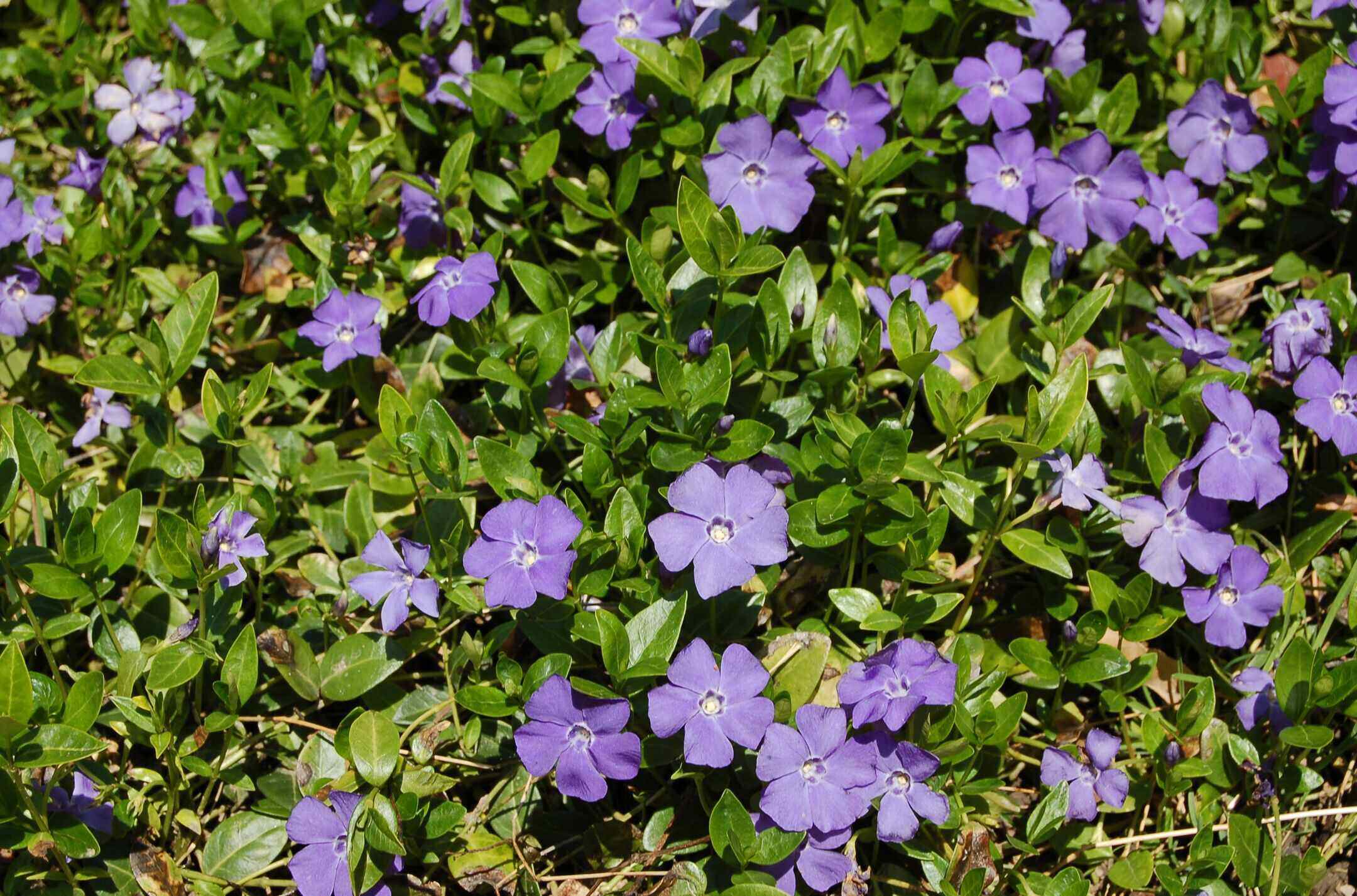
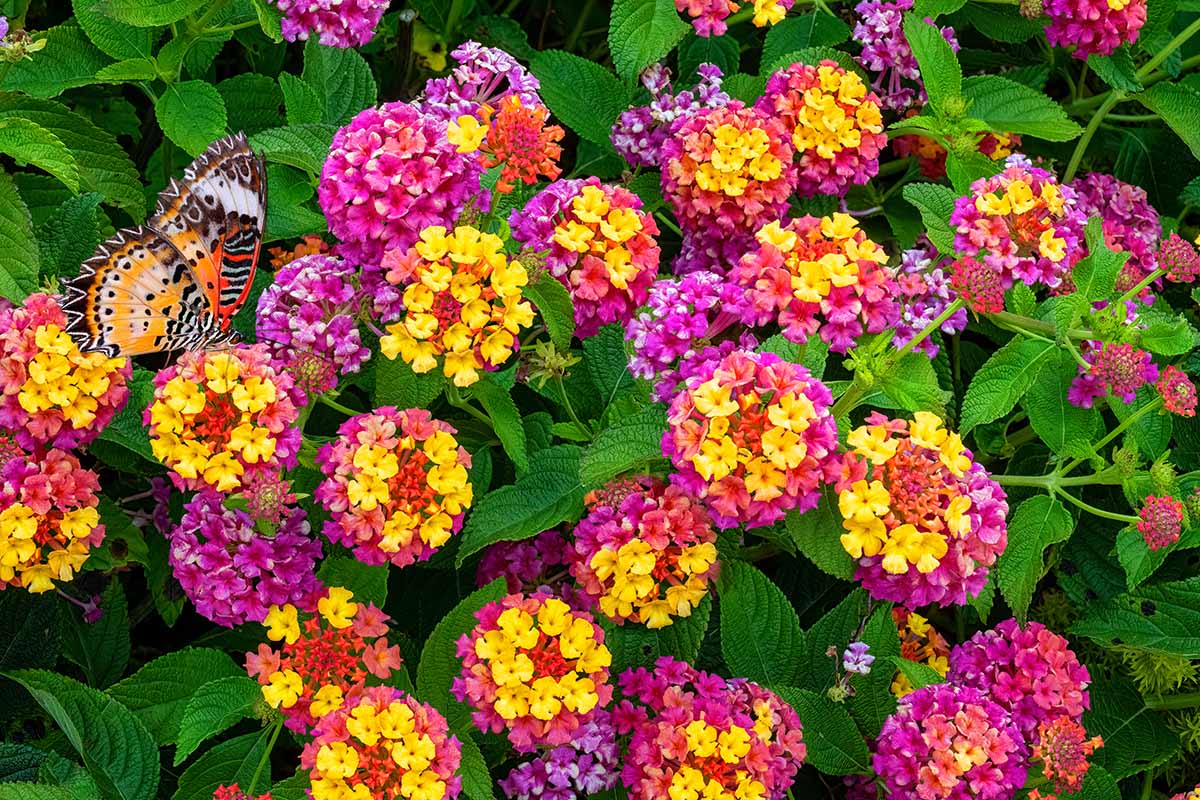
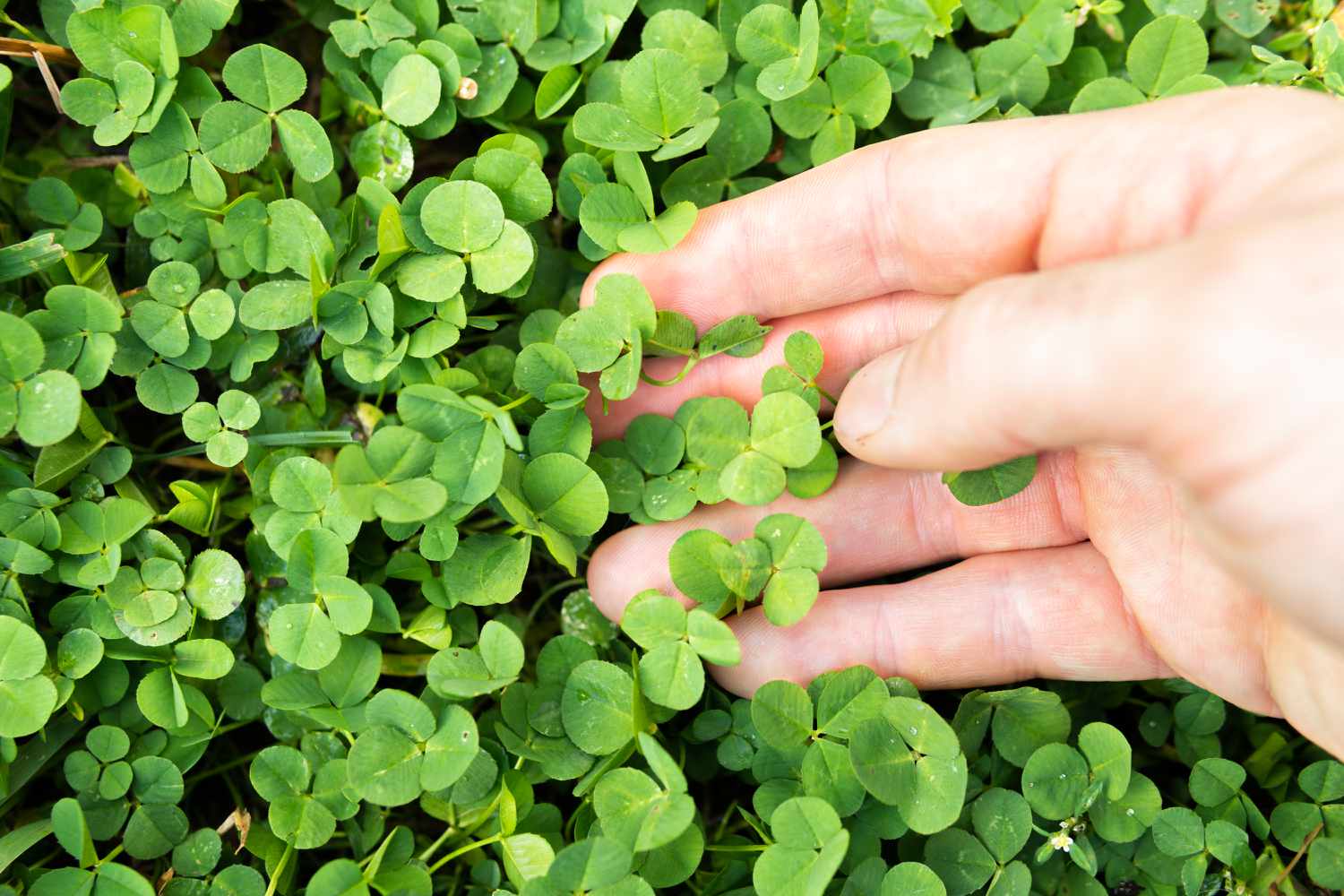
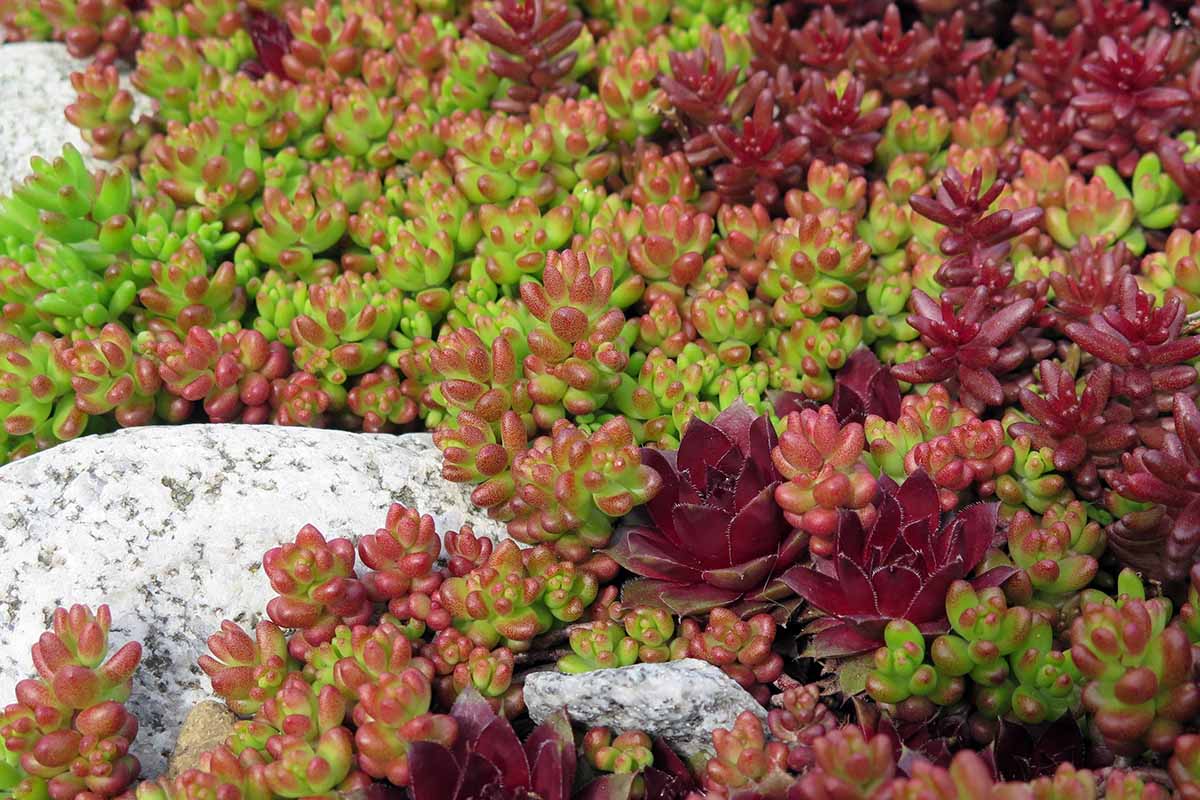
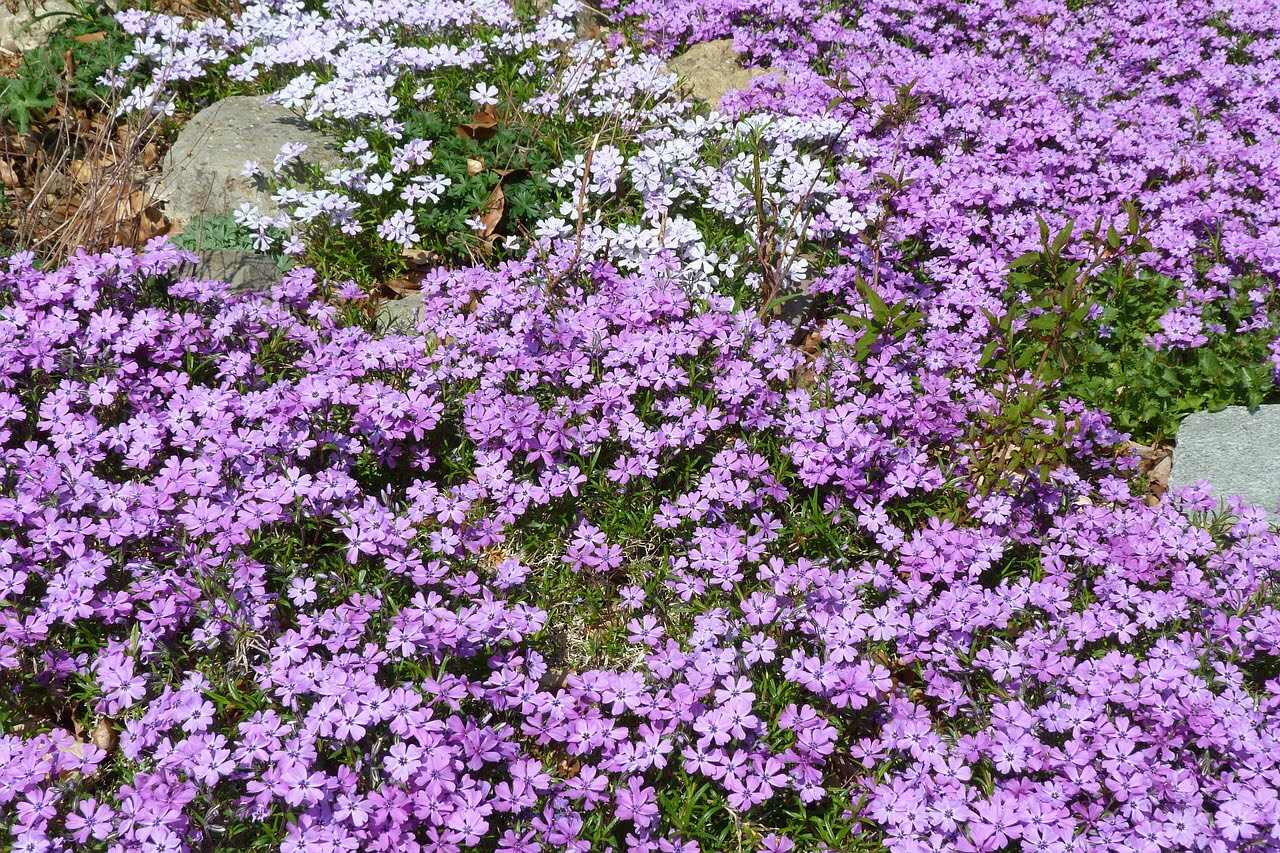
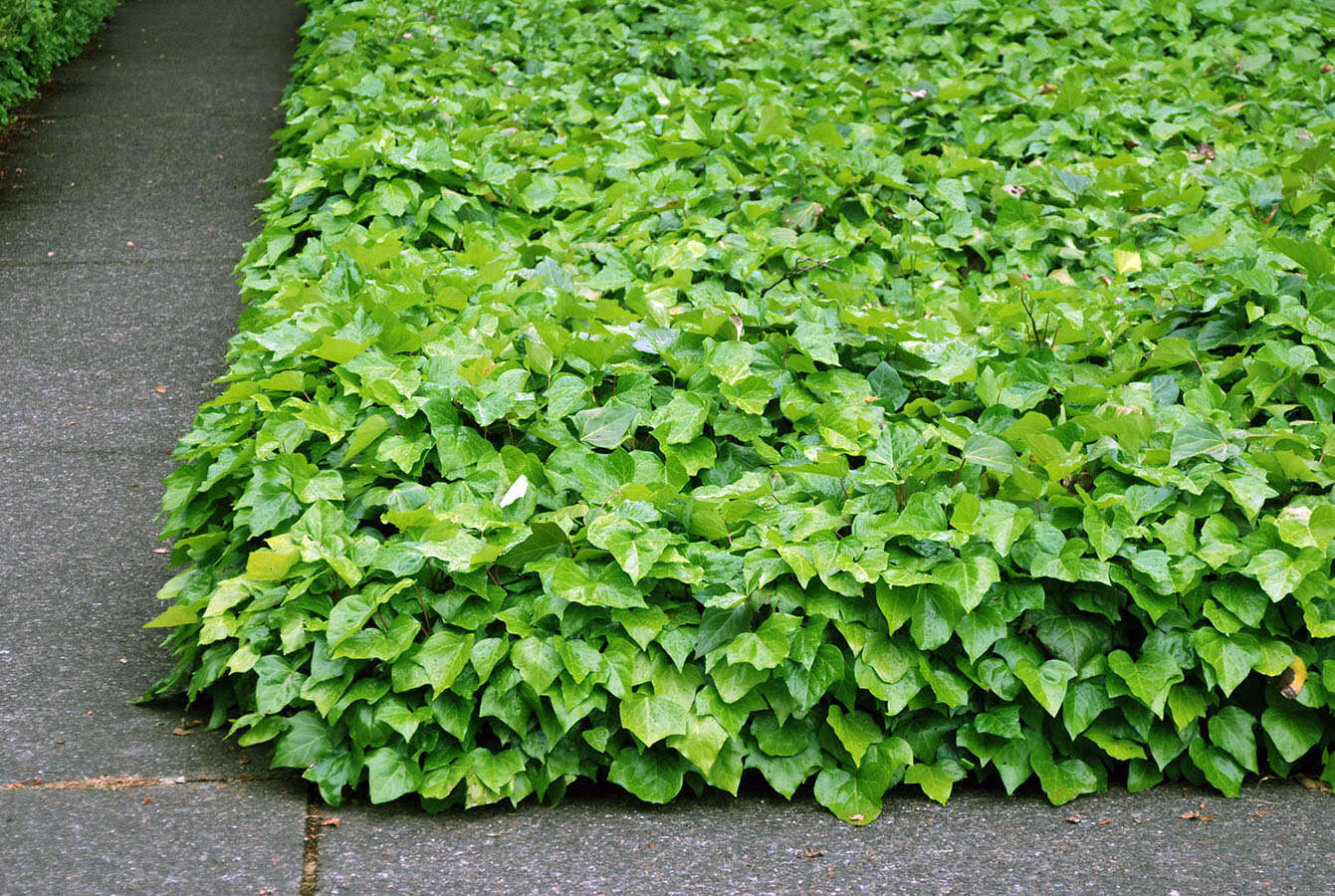
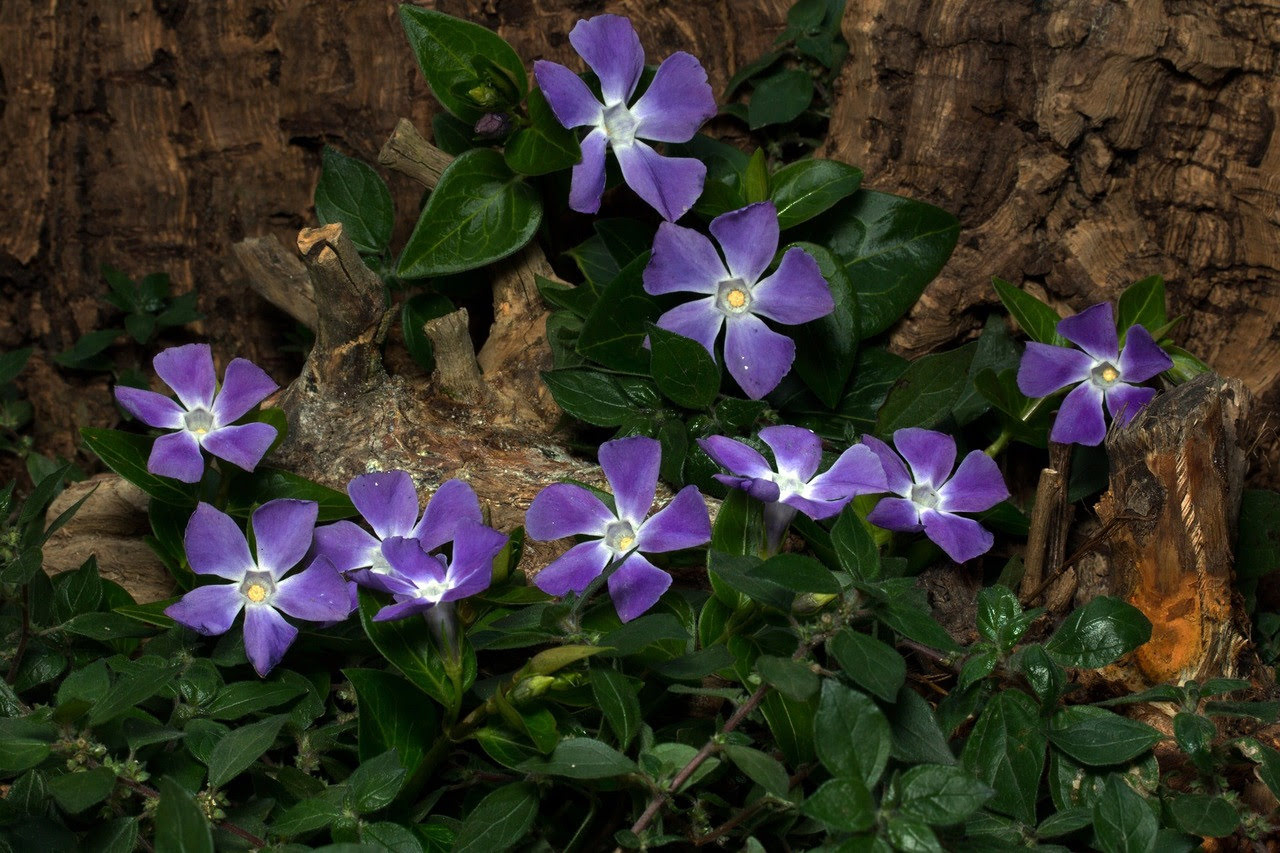
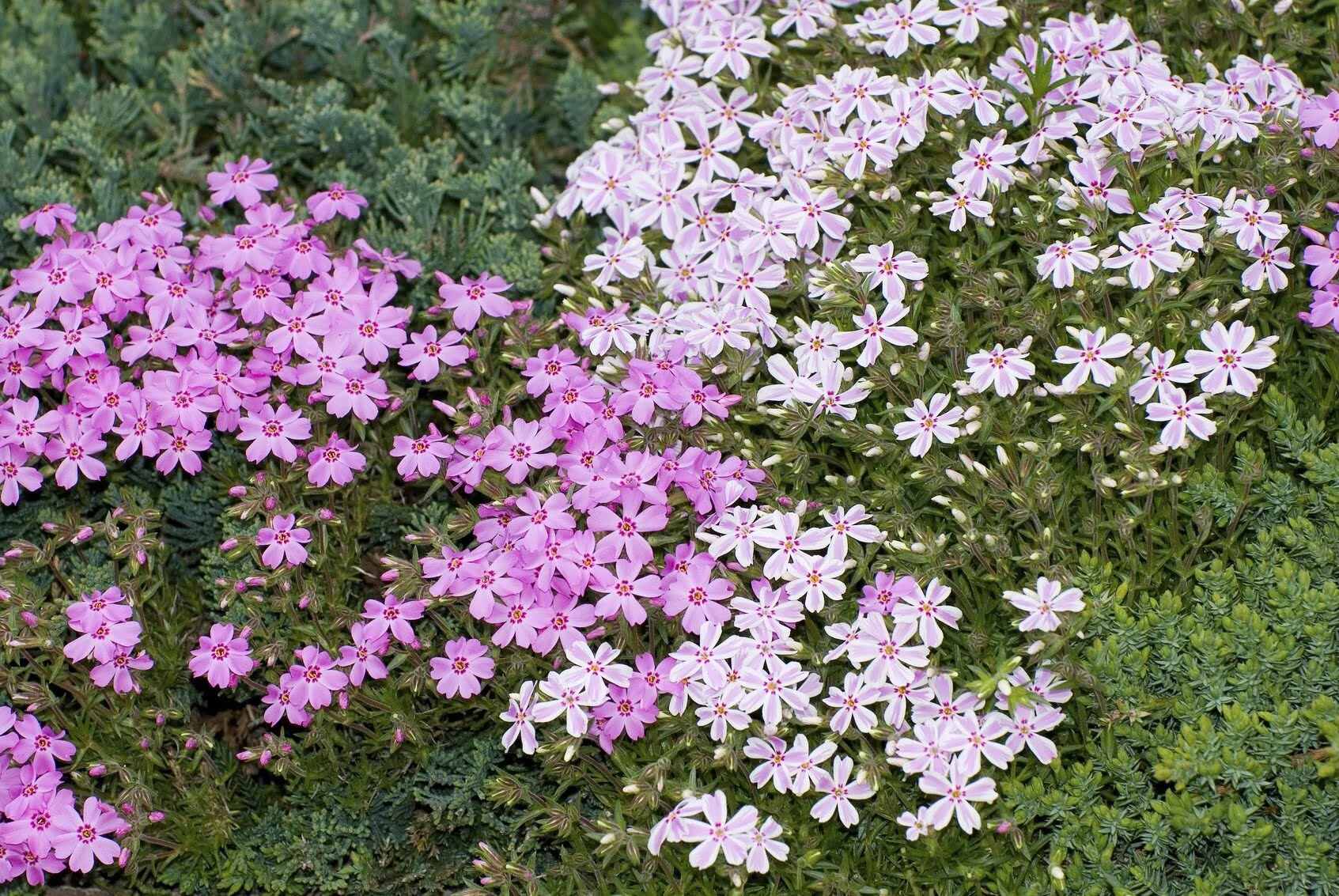
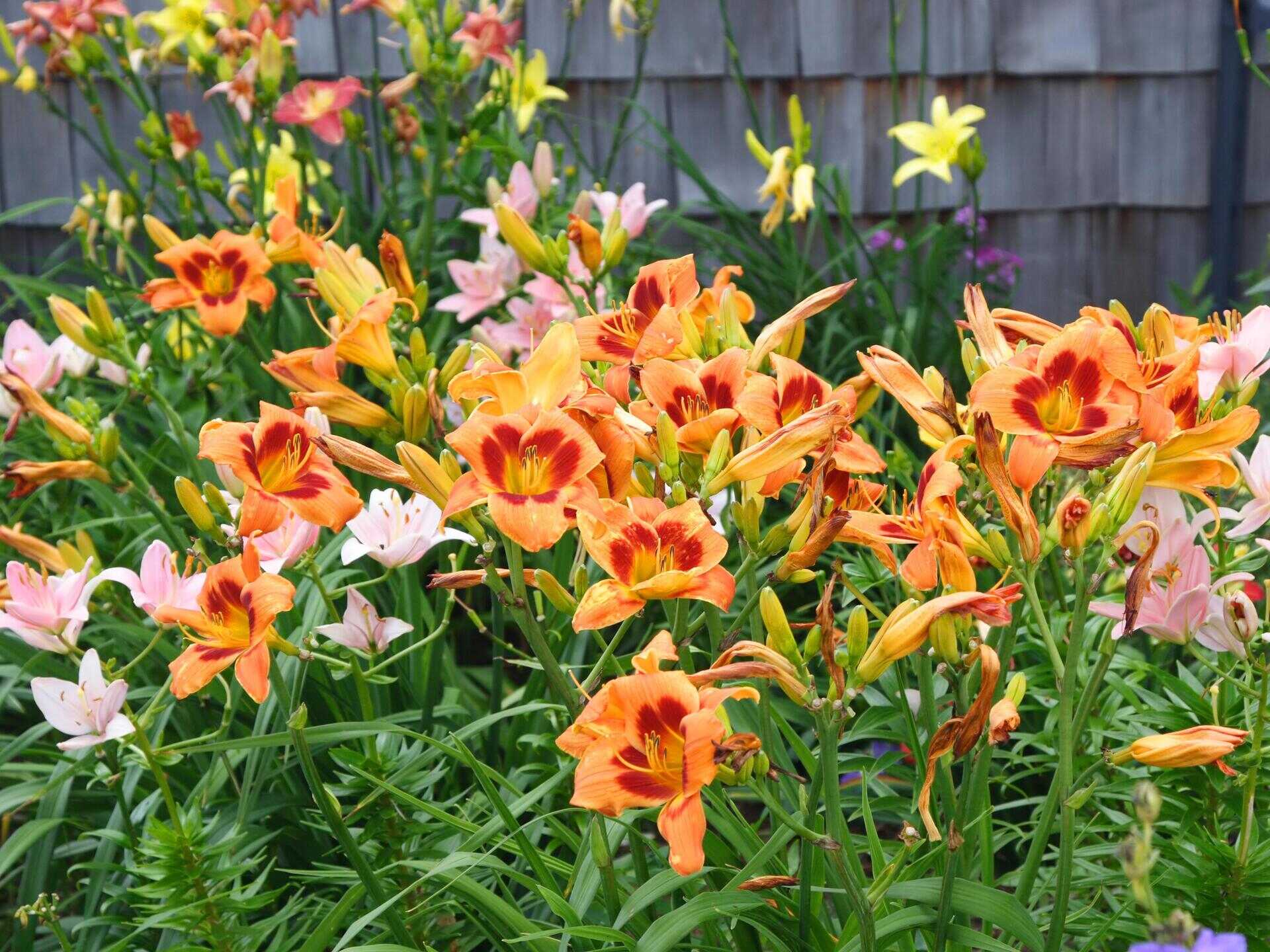
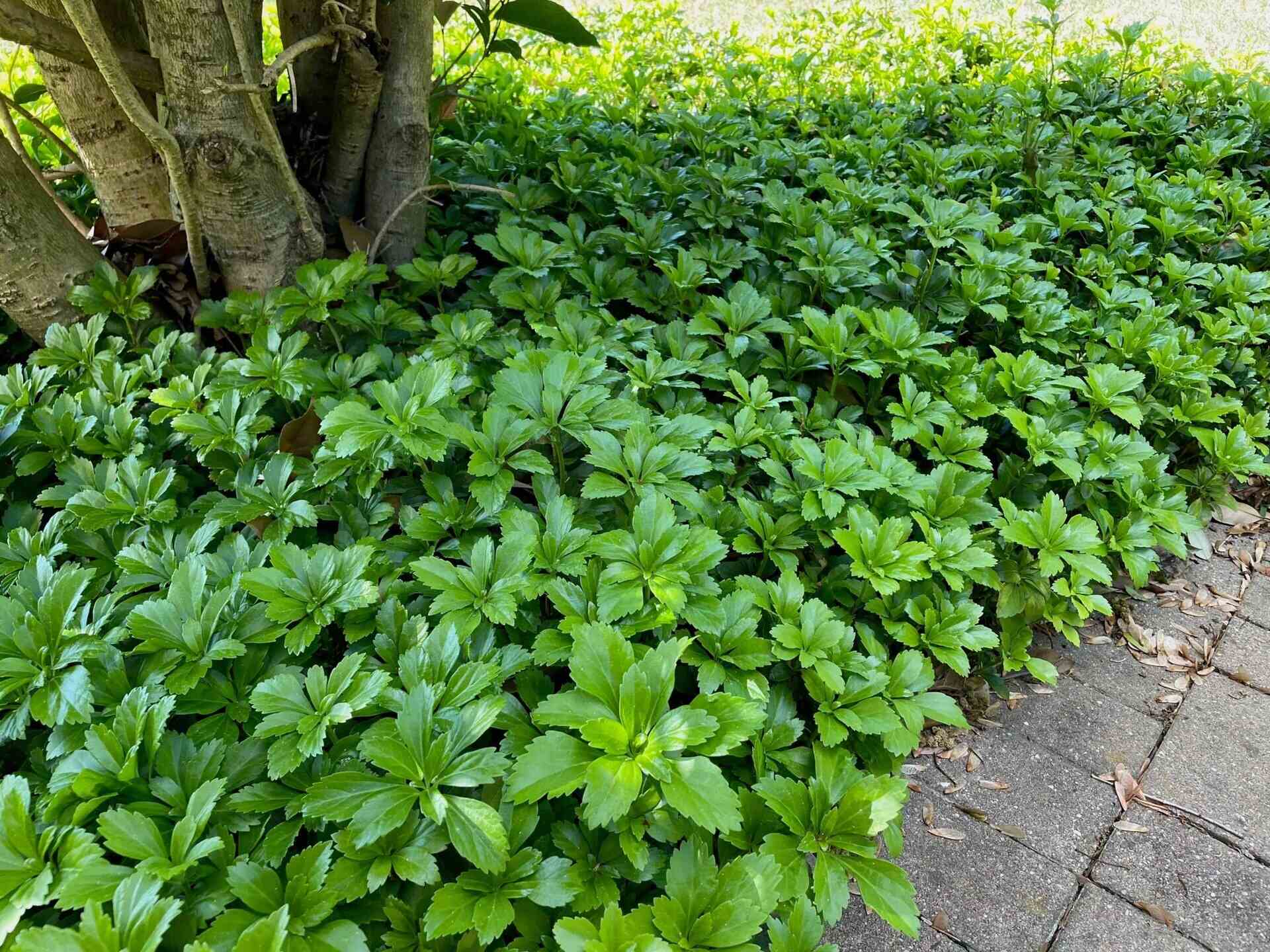
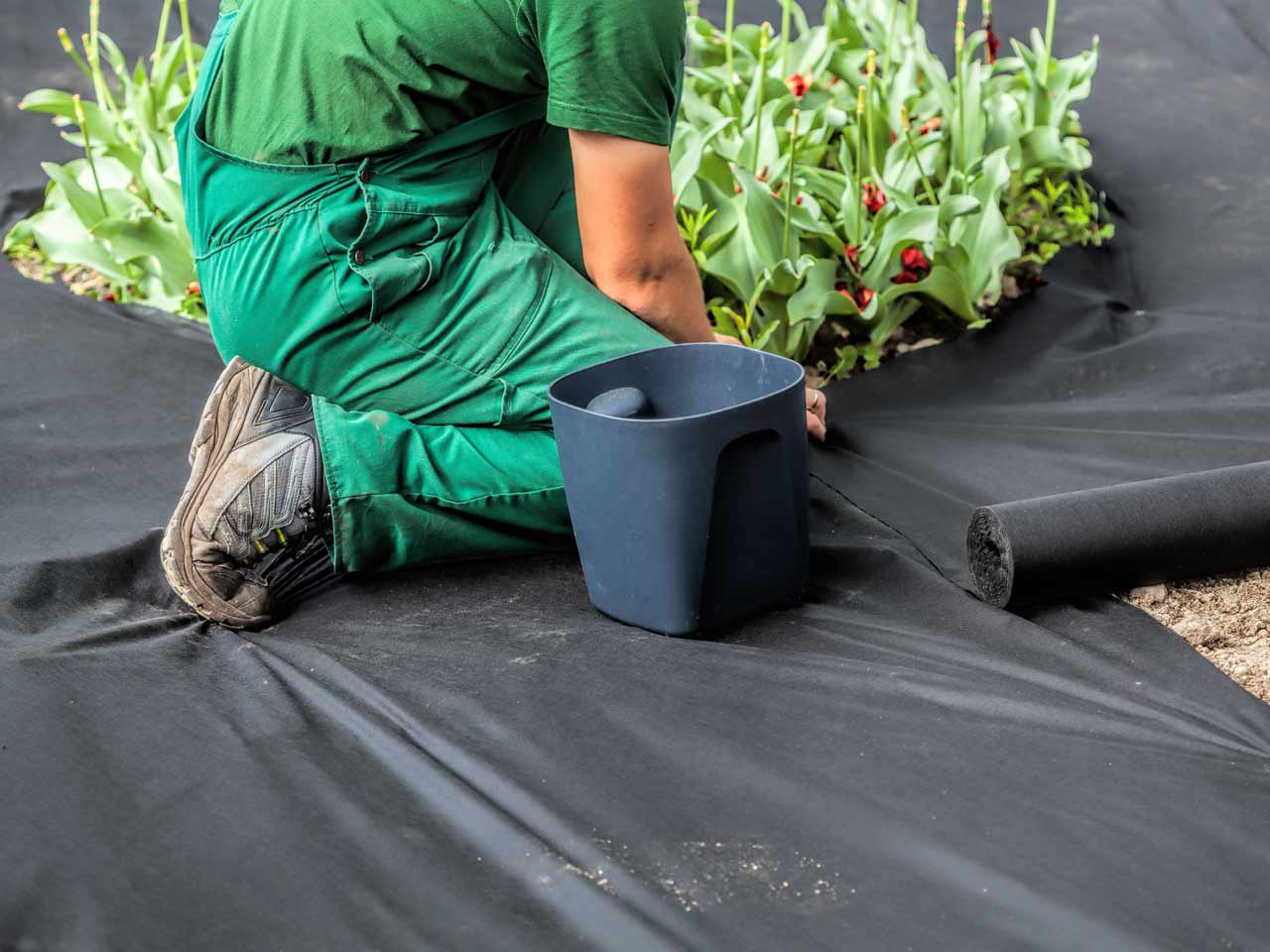

0 thoughts on “How To Plant Juniper Ground Cover”